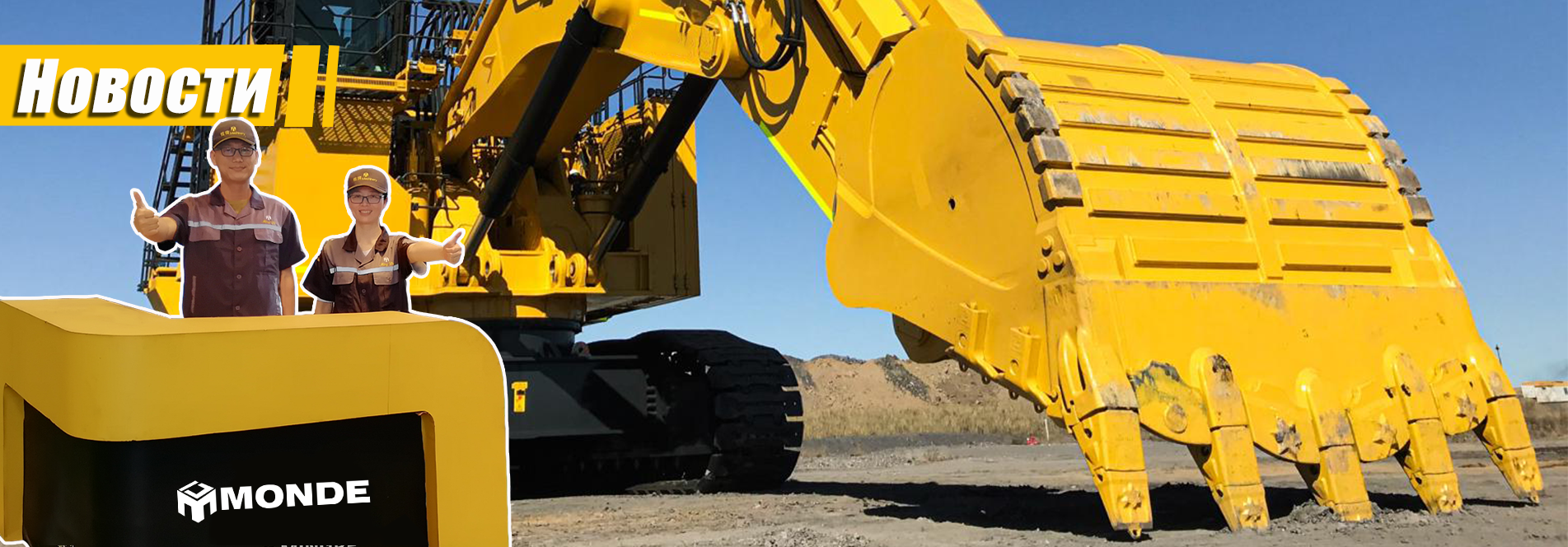Choose an Excavator Bucket That Suits Site Conditions
The first thing to consider is the specific application and type of material you are handling when choosing an excavator bucket. Different applications can also require specific types of buckets. Consider the type and density of your material and ensure you select a bucket that is capable of lifting it.

Three popular buckets include:
General-purpose, all-purpose, or digging bucketsGrading, cleaning, or ditching buckets
Heavy-duty or severe-duty buckets
What Is a General-Purpose Bucket?
A general-purpose bucket has the most versatility and is appropriate for many excavating tasks. It is also known as a digging bucket, and it is the standard attachment that comes with an excavator. If you rent an excavator without specifying a bucket, you'll probably receive a general-purpose bucket. It comes with short, blunt teeth that work great on soil and are available in many sizes for various applicationsHere are some of the materials you can move with an all-purpose excavator bucket:
- Dirt
- Sand
- Topsoil
- Clay
- Gravel
- Loam
- Silt
- Ground with loose gravel or stones
- Frost-covered soil
What Is a Grading Bucket?
Grading buckets stand out for their smooth edges, wide construction, and flat cutting edges. They also have lift eyes, weld-on side cutters, and reversible bolt-on cutting edges. This construction creates smooth edges for all digging areas and works best with soft materials and soils. Grading buckets, also called clean-up or ditching buckets, have a lot of versatility for loading material, grading, leveling, back-filling, sloping, and cleaning ditches for improved drainage.
When you know how to use a grading bucket, you can use it for many applications, including:
- Landscaping
- Ditch maintenance
- Slope shaping
- Road construction
- Utility work
What Is a Heavy-Duty Bucket?
A heavy-duty or severe-duty bucket is usually made from high-strength, abrasion-resistant steel. Because of their superior durability, these attachments are often used in rock quarries to load trucks with high-density material in fewer passes.


